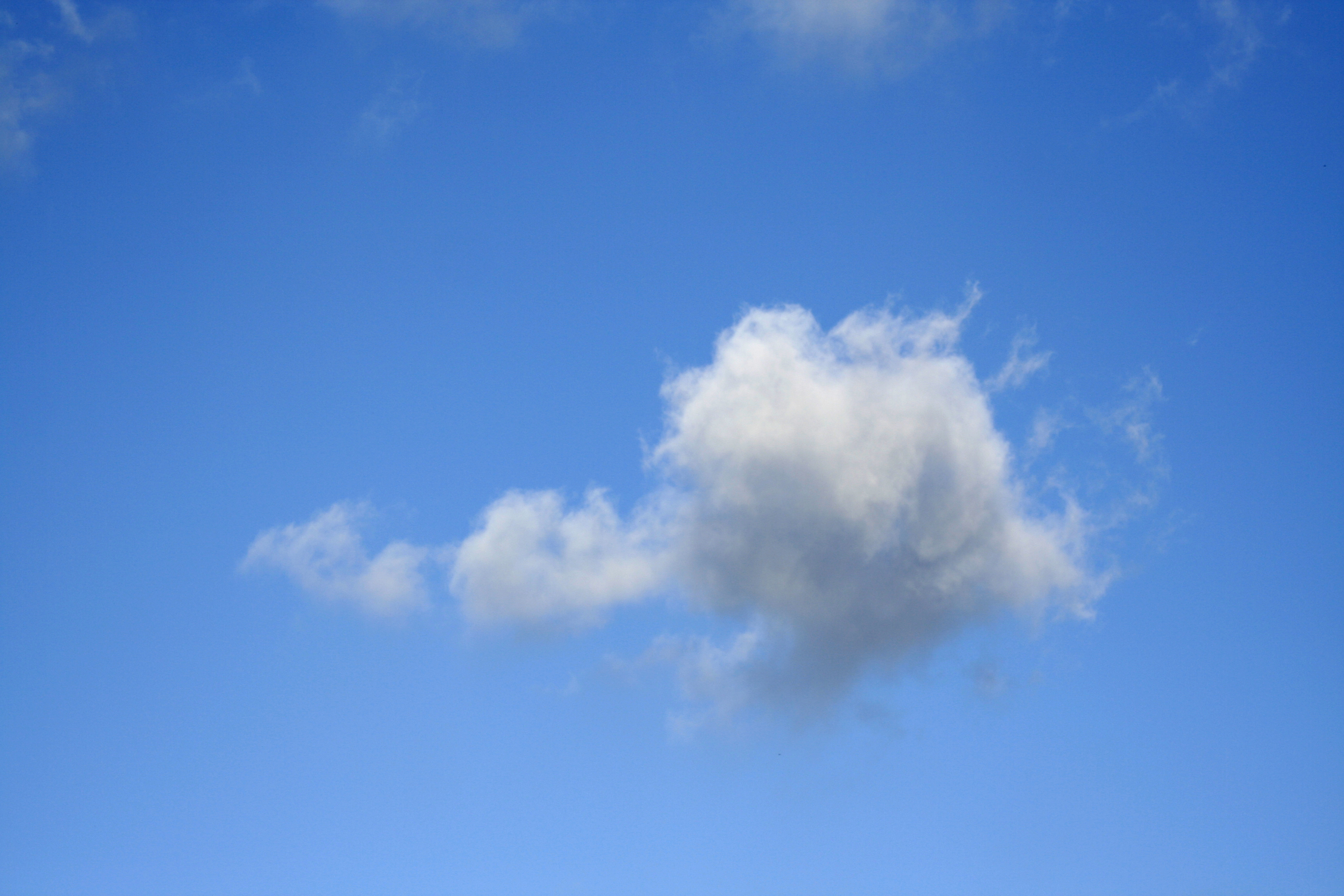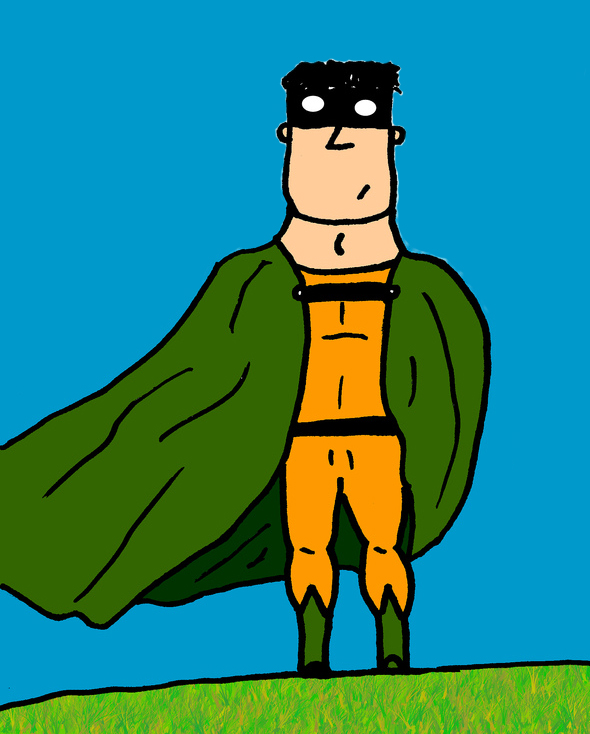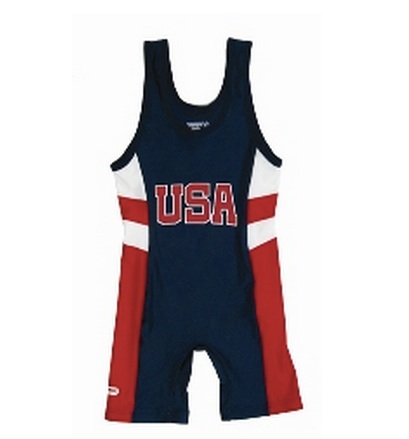If you read my post about masters nationals, you know I wasn’t too wild about my performance. Totaling lower than your first meet at a national event is not a good thing. I know progression is not always linear and that even much more elite lifters than I have off days where they don’t total at all in important meets.
But in this case, I had been feeling off for a few weeks before the event, so it’s time to change things up. As my wise husband said, it’s time to re-think all assumptions. This includes diet, rest, programming, accessory work, mobility and flexibility.
There are many months until my next competition. September at the earliest and if I don’t feel ready for Worlds, then the masters American Open after that. I’m trying to decide between going to worlds no matter how well (or not) I would do just for the experience and to see Copenhagen, or waiting it out another year to see if I can give the current champ a run for her money.
So since I’ve got plenty of time, let the tweaking parade begin. First is programming the training for the lifts themselves. My coach and I have settled on a high volume but only 3x/week set-up. In the past I did well with high volume work, so I’m willing to try it again. I’ve also contacted a superstar of a strength coach to help me think outside that box again for developing raw strength (not just speed and technique) and to start working out some of my imbalances, with overhead strength being high at the top of that list. I might add some static strength work. I’ll certainly focus much more on mobility and trying to find new ROM, especially at the ankle and thoracic spine.
I might also try leaning out a little for summer time, both for the bathing suit aesthetics and to then try and build back to competition weight but with a little higher percentage of muscle than fat. It’s been suggested that I may be eating more protein and more calories than I really need to maintain and even build strength and that it’ll be possible to progress without feeding myself like a bodybuilder in bulking season. And since tomorrow I’ll be planting the first wave of our garden, the food quality will certainly improve for the next few months.
I’m going to continue to try and get good and adequate sleep (which are indeed two different things).
I’d like to get my USAW sports coaching certification this summer more as a learning tool for myself and so that I can offer more directed critiques to anyone who wants to post here. I really like the idea of paying back some of the immense value of free knowledge I’ve found on the interwebz by being of value to others in their journey.
And last but not least I look forward to an amazing program put on by USAW this summer for masters lifters (30 in all) to train at the Olympic Training Center in Colorado Springs for a few days. Once I pick my jaw up off the floor, I think it’ll be a seminal experience of my lifting career to date.
Stay tuned! I’ll share what I found worked for me and what didn’t.



